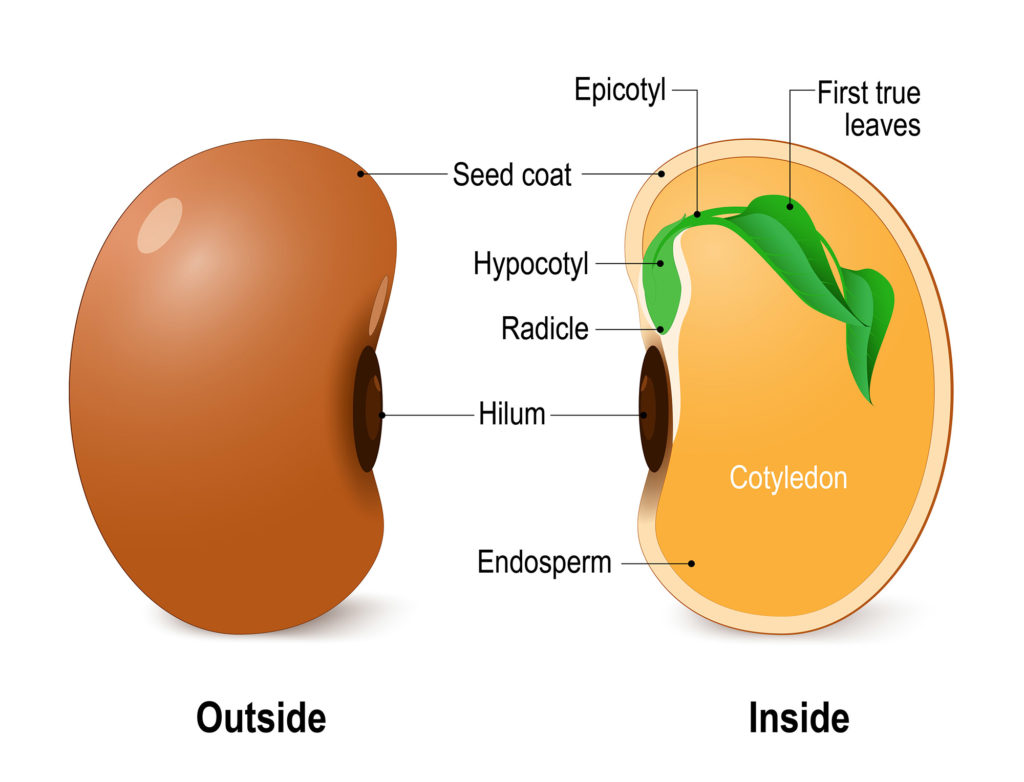Fruit & Seeds The next generation of flowering plants

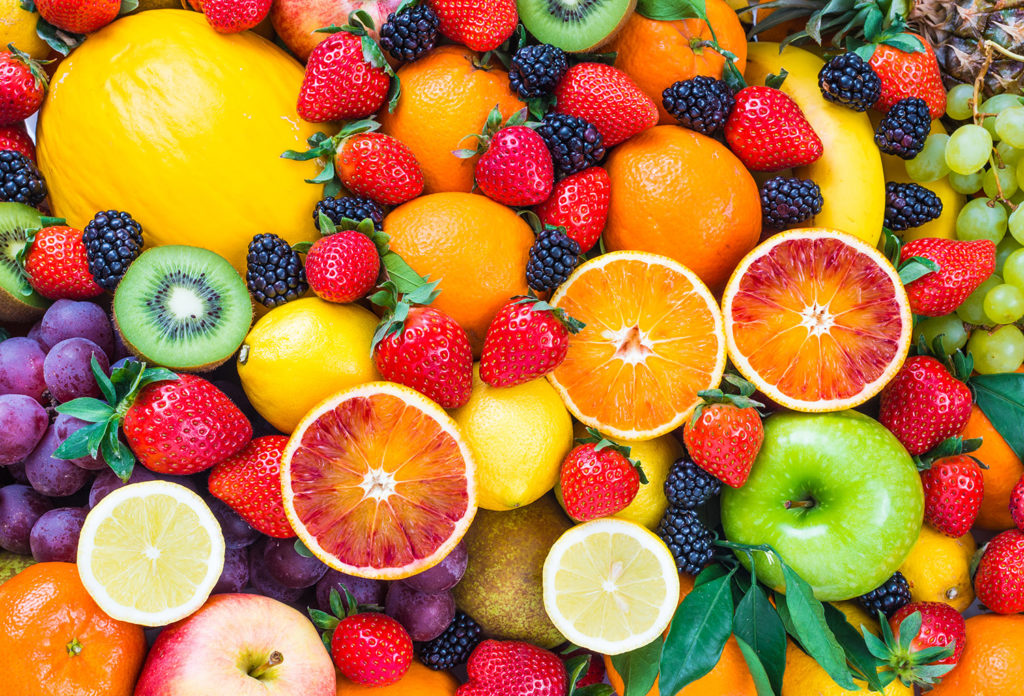
Fruit & Seeds Outcomes
-
Identify the parts of a seed.
-
Classify different types of fruits.
-
Provide examples of fruit and seed dispersal.
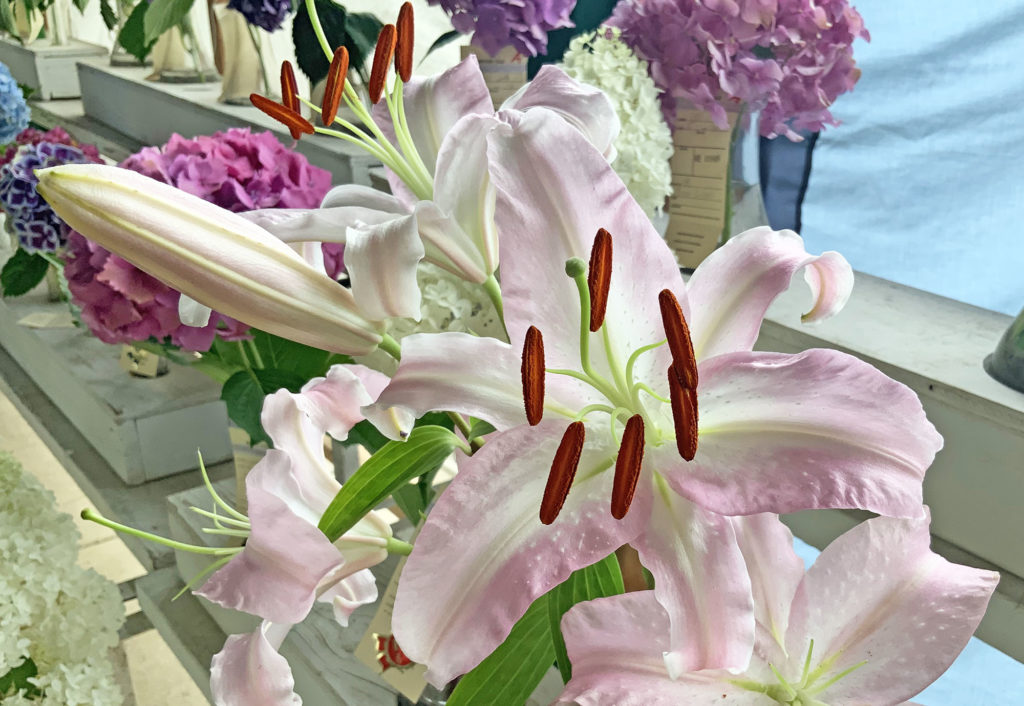
A quick reminder of last week\’s Flowers activity. Can you identify the stamen (pollen on the anther, attached to a long filament) and the stigma the pollen would land on with the style that carries the pollen down to the ovary?
Last week\’s activity focused on the structures of flowers. This week \’s laboratory focuses on what is produced after flowers are pollinated: fruit and seeds.
This video demonstrates a rose that can have flowers and fruit developing on the same plant.
Let\’s start with basic seed structure.

Moisture, temperature, and/or day length can trigger germination, the development of a seed into a seedling.
Cotyledons support the developing seedling with nutrients and can in many cases also carry out photosynthesis.
From your own background knowledge; fruit develop from plants that have _____. What are the primary functions of fruit? _______
Answers: flowers; protect & disperse seeds
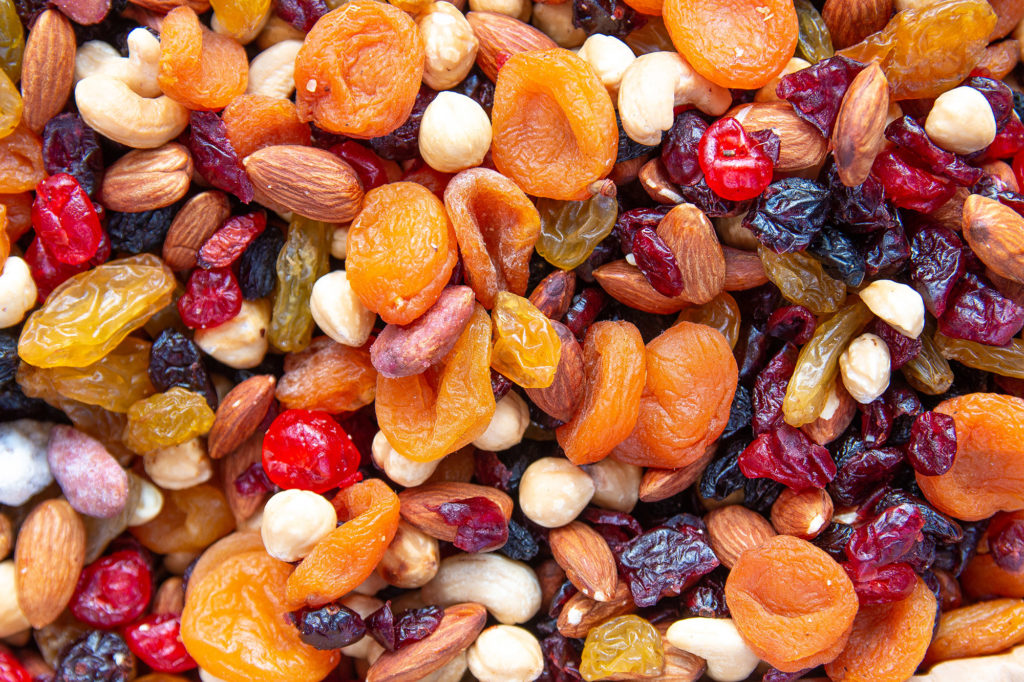
A fruit is a ripened (mature) ovary that protects and may disperse seeds. When the fruit ripens, it can be fleshy (moist) or dry.
There are two general categories of fleshy fruits (complex or simple) and two general categories of dry fruit (ones that rupture or others that don\’t).
Fleshy Fruits – Complex

Multiple Fruits
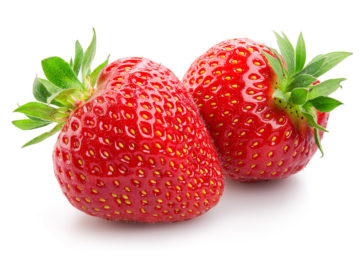
Aggregate Fruits
Fleshy Fruits – Simple
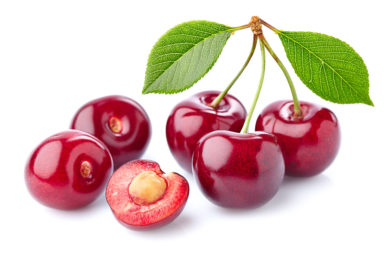
Drupe
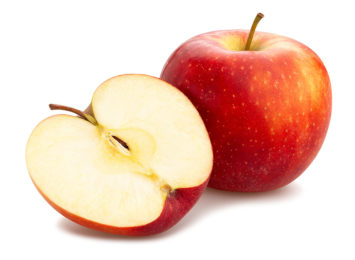
Pome
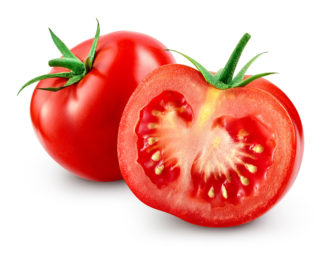
Berry
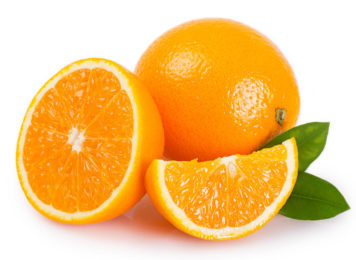
Hesperidium
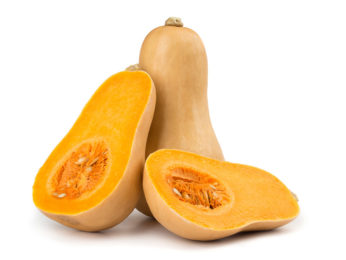
Pepo
Different fruit structures may relate to the primary roles of a fruit: to protect and disperse the seeds.
Dry Fruits – that rupture open
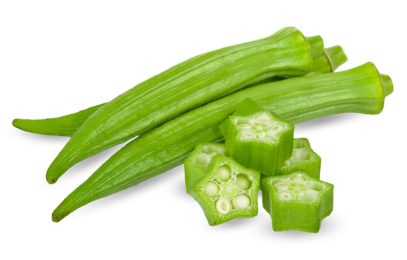
Capsule
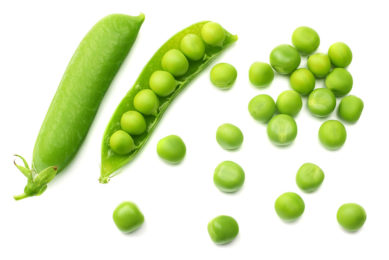
Legume
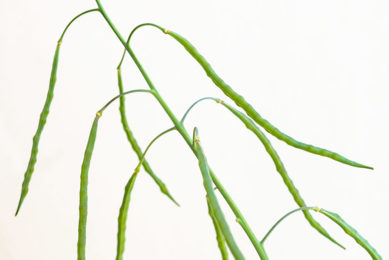
Silique
Dry Fruits – that do not rupture open

Achene
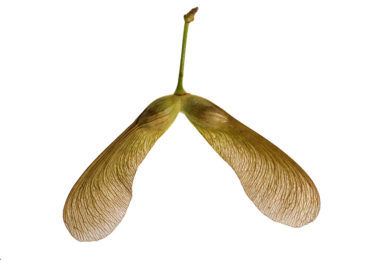
Samara
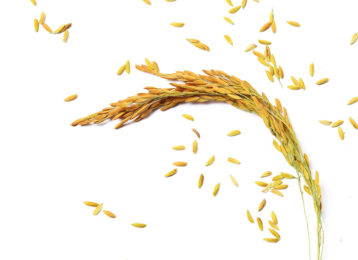
Caryopsis
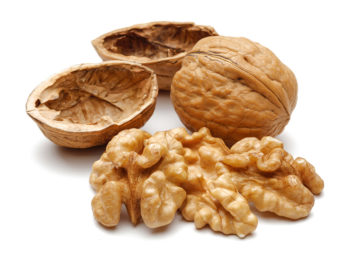
Nut
Fruits often have modifications that enable seeds to disperse far from the parent plant, reducing potential competition.
Six types of fruit (and seed) dispersal

Wind
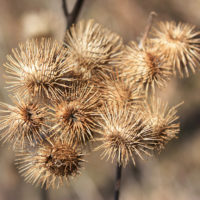
Animals: Burrs and Stickseeds
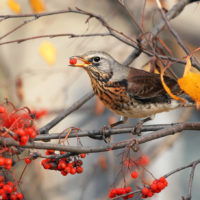
Animals: Fleshy Fruit
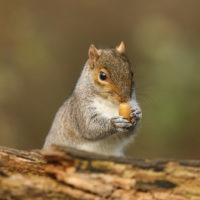
Animals: Stored Nuts
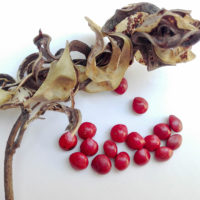
Propulsion: Twisting
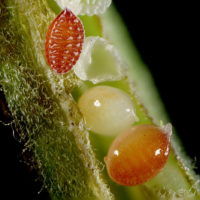
Propulsion: Ballisitics
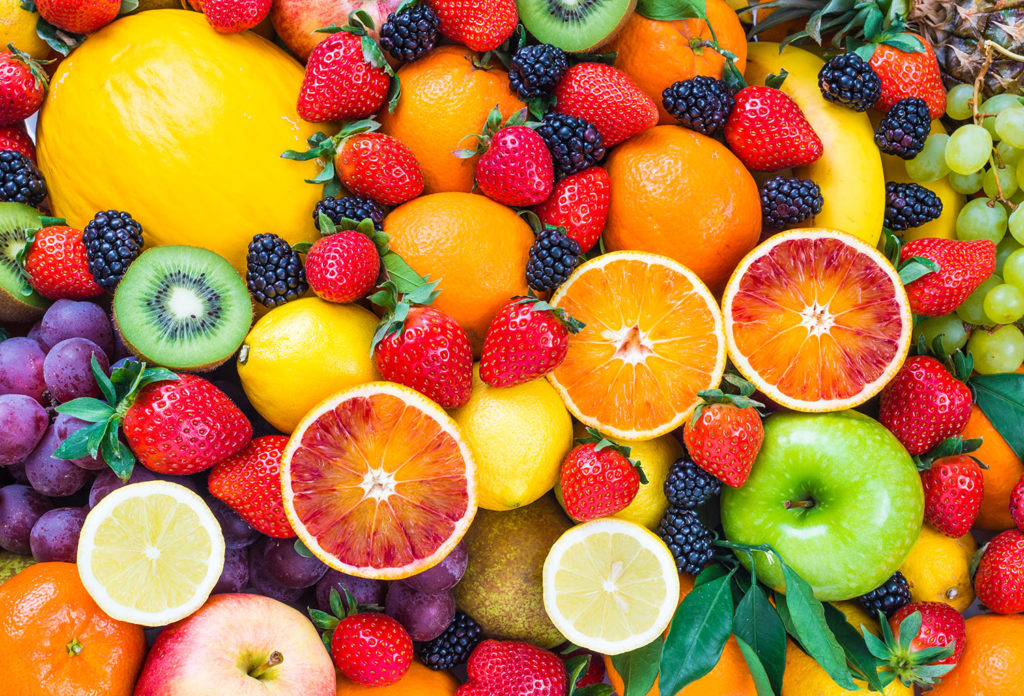
Check your knowledge. Can you:
-
identify the parts of a been seed?
-
classify different types of fruits?
-
provide examples of fruit and seed dispersal?
